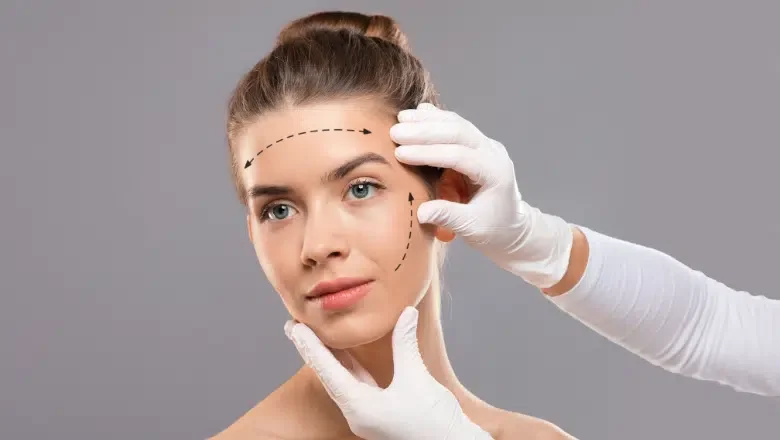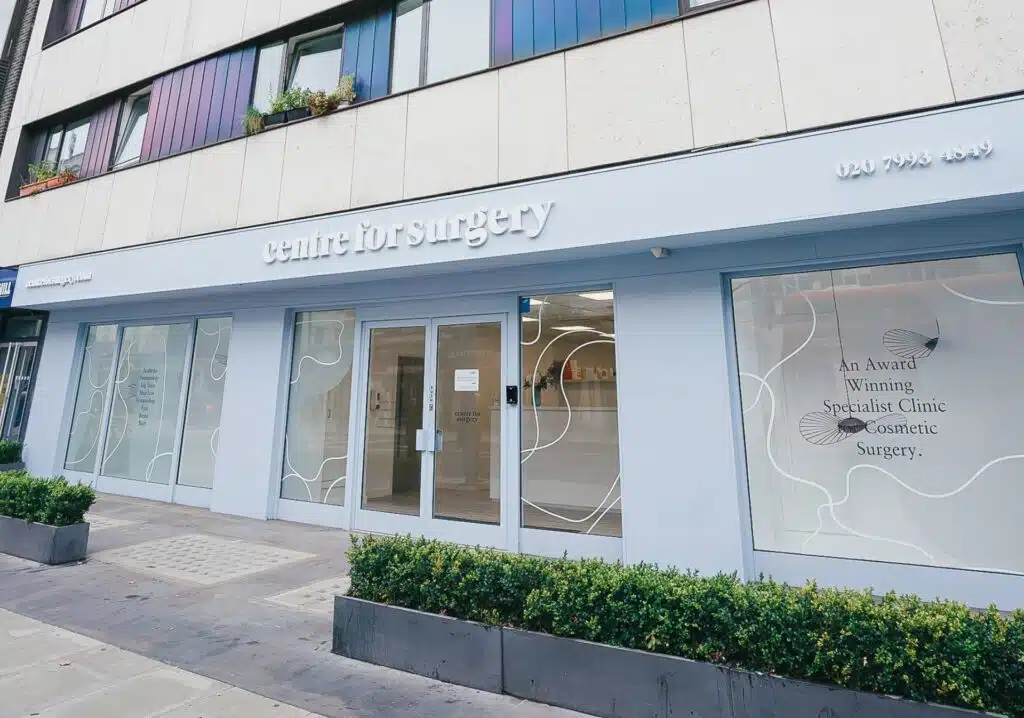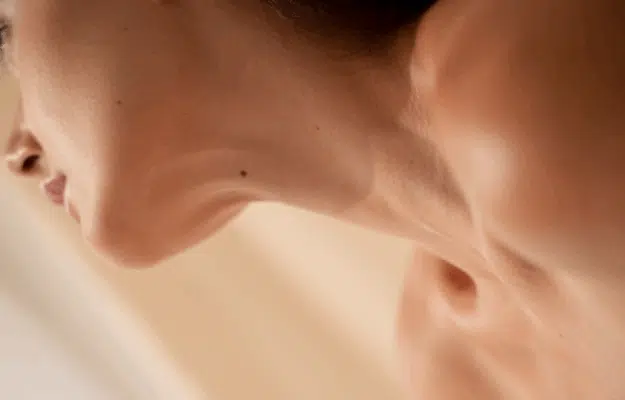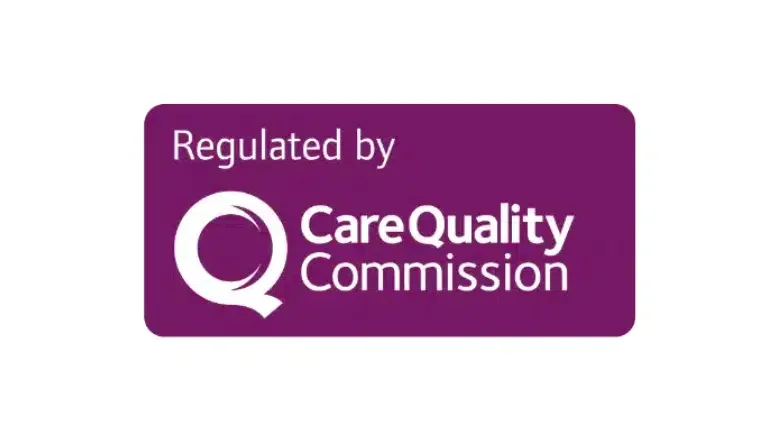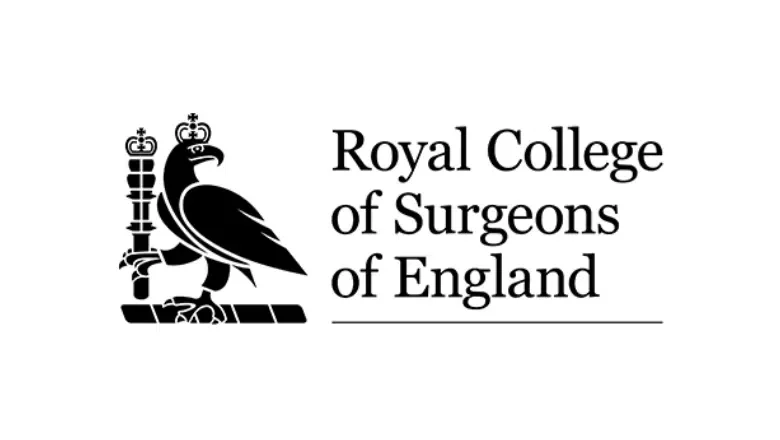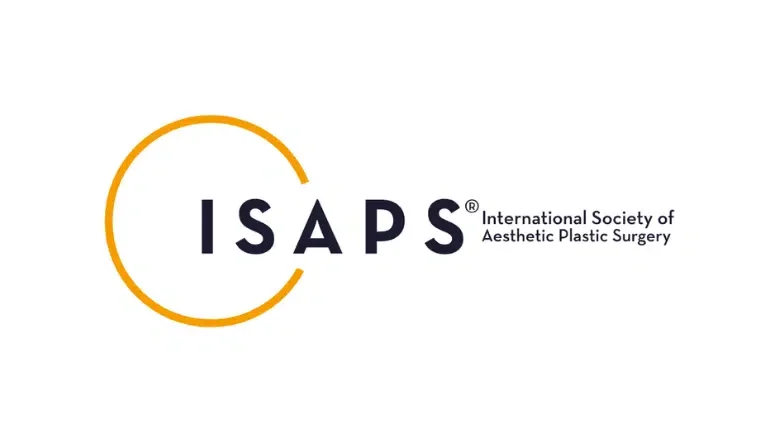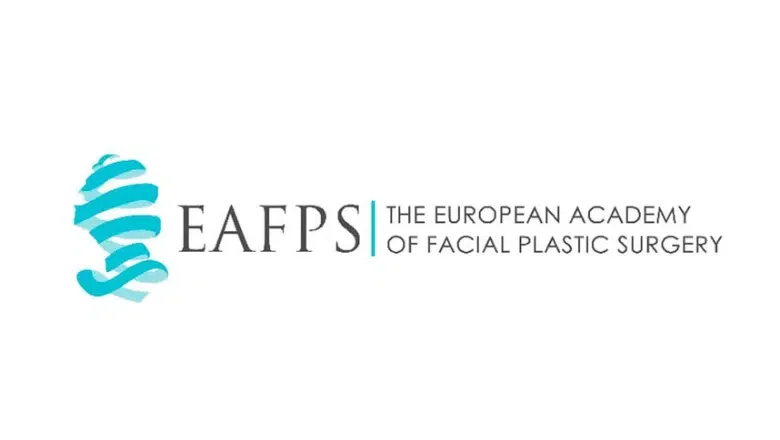Facial fat grafting is an innovative facial rejuvenation technique that helps reverse the signs of ageing, providing a more youthful appearance. This will restore lost facial volume that is a result of the ageing process. Lost body fat in the face generally makes a person look older. Inserting fat into the face can make a person appear more vibrant and youthful.
By analysing the pattern of facial ageing in a three-dimensional fashion, a qualified facial plastic surgeon can restore fat to areas of the face where volume has been lost. Facial fat transfer can be performed around the entire face and temples or to only specific areas.
Facial fat grafting can be used to enhance the results of facelifts or even be performed in its own right as a standalone procedure without any incisions being performed.
Procedure
There are several steps involved in facial fat grafting. The procedure involves:
- Fat will be harvested from the donor area using liposuction
- The harvested fat is then purified
- The purified fat is injected back into the areas of the face which are being treated.
Throughout the procedure, patients will receive a local anaesthetic, so any pain and discomfort will be minimised.
Post Surgery
After the facial fat grafting, you may experience headaches or nausea as a result of the local anaesthetic. You may experience some swelling and bruising, which will fade within the following few days. Our surgeons can give appropriate medication for pain management following the procedure. You will be able to notice the results of this procedure immediately after the swelling has resided. You will have a natural-looking face with additional volume, resulting in a more youthful appearance. The procedure will also be able to reduce wrinkles, frown lines, depressions in the skin and scars.
Difference between facial fat grafting and injectables
While facial fat grafting is an effective method for increasing the volume of the face, it is not the only procedure which will achieve these results. Facial fat grafting is often compared to facial injections such as dermal fillers. The main differences between facial fat grafting and cosmetic injectables include:
- Cosmetic injectables use a foreign material. When a patient does not want to introduce a foreign material into their body, fat grafting is often the more suitable option.
- As cosmetic injectables use foreign materials, there is a higher chance of allergic reactions. Those with pre-existing allergies to the injectable ingredients would not be suitable for the procedure, and should instead opt for a fat transfer.
- Fat grafting offers a more indefinite result, while the results of cosmetic injectables will eventually fade, and multiple treatments will be required.
- Fat grafting is a longer process, as fat has to be harvested and then injected. Unlike injectables, facial fat grafting also involves a local anaesthetic.
Before you make a final decision between fat grafting and injectables, make sure to discuss your goals and desired outcomes with your surgeon in order to achieve the best result.
Interested in undergoing facial fat grafting? Contact us today for more information or to book a consultation.
